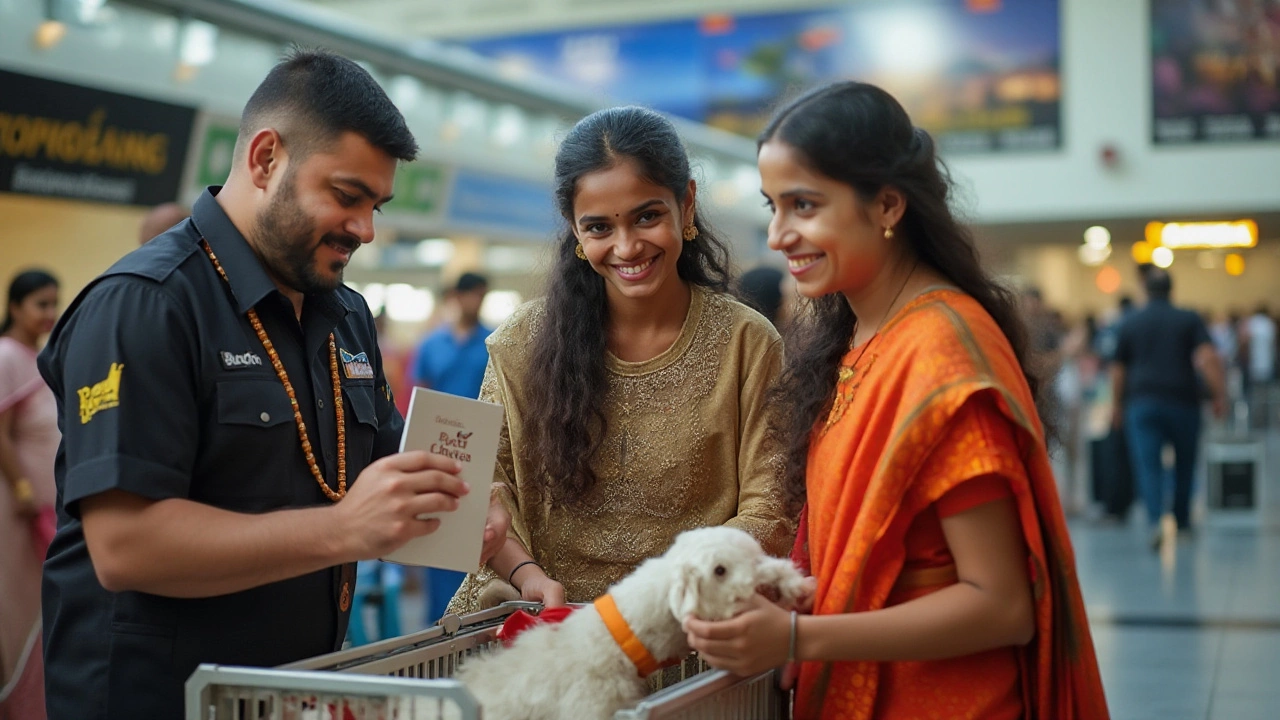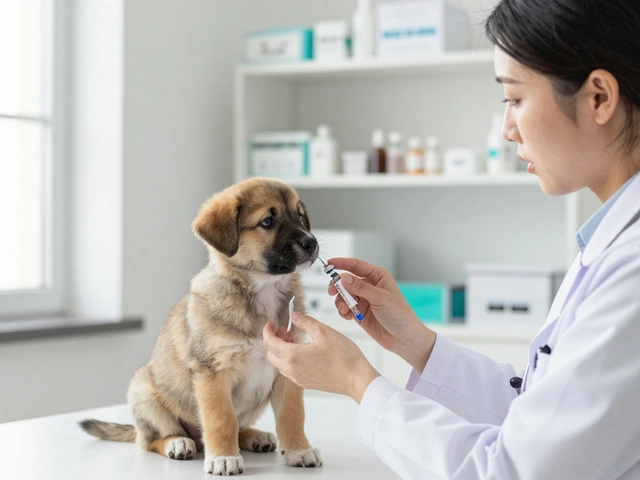Cargo Pet Care: Safe Tips for Flying Your Dog in Cargo
Flying your dog in the cargo hold can feel risky, but with the right prep you can make it a smooth ride. You don’t need a PhD in pet aviation – just a few practical steps and the right mindset. Below you’ll find the most useful advice to keep your furry friend safe, comfortable, and happy during the journey.
Preparing Your Dog for Cargo Travel
First, get your dog used to the travel crate weeks before the flight. Place the crate in a quiet corner, add a familiar blanket and a chew toy, and let your pet explore it on its own. Short, positive sessions build confidence and reduce anxiety when it’s time to board.
Vaccinations and health checks are non‑negotiable. A vet check‑up 48 hours before departure confirms your dog is fit to fly and lets you get any required health certificates. Keep a digital copy of the paperwork handy – airlines will ask for it at check‑in.
Hydration matters, but you don’t want a leaky crate. Offer water a few hours before the flight, then limit it right before departure to avoid accidents. A small, absorbent pad inside the crate can catch any spills and keep the interior dry.
Feed a light meal the night before and skip dinner the day of travel. A full stomach can cause discomfort during temperature changes in the hold. A light snack a few hours before you head to the airport is enough to keep energy levels steady.
Choosing the Right Airline and Crate
Not all airlines treat cargo pets the same. Look for carriers that have a solid safety record, climate‑controlled holds, and clear pet‑handling policies. Airlines that allow climate‑controlled areas for small animals tend to have fewer temperature‑related issues.
When picking a crate, follow the International Air Transport Association (IATA) guidelines: the crate must be sturdy, well‑ventilated, and large enough for your dog to stand, turn around, and lie down comfortably. Measure your dog’s height and length, then add 2‑3 inches for breathing space.
Label the crate with your contact info, a “Live Animal” sticker, and clear “This Side Up” arrows. A calm scent, like a piece of your worn shirt, can comfort your dog during the flight. Avoid strong perfumes or chemicals that could irritate the animal’s nose.
Arrive early at the airport. Extra time lets you double‑check the crate’s lock, confirm the cargo hold temperature, and speak with the airline’s pet desk. Ask about the estimated time the hold will be opened for loading – less handling means lower stress.
While you’re waiting, keep an eye on the temperature outside the airport. Extreme heat or cold can affect the hold’s climate. If it’s too hot, consider postponing the flight – many airlines will rebook you without penalty for safety reasons.
Once the flight is over, pick up your dog as soon as possible. Check for signs of stress like excessive panting, shivering, or lethargy. A quick vet call can give peace of mind if anything looks off.
Remember, the goal is to make cargo travel as calm as possible. Treat the crate like a mini‑home, keep paperwork ready, and choose airlines that prioritize pet safety. With these steps, you’ll turn a nerve‑wracking cargo flight into a manageable part of your dog’s adventure.

Do Airlines Provide Food for Pets in Cargo? Essential Information for Pet Owners
Traveling with pets can be a challenging experience, especially when it involves them being transported in the cargo hold of an airplane. Many pet owners worry about the welfare of their furry family members during the flight. This article delves into whether airlines provide food for pets in cargo, exploring guidelines, options, and tips for ensuring your pet's comfort. Understanding these procedures will help you prepare adequately and reduce stress for both you and your pet during air travel.
read more



